India Issues High-Level Cybersecurity Alert After Surge in Government Network Breach Attempts
Date: August 13, 2025
Location: New Delhi, India
India’s National Critical Information Infrastructure Protection Centre (NCIIPC) has issued a nationwide cybersecurity warning following a sharp rise in attempted breaches on government networks and strategic infrastructure. Over the past month, security teams detected multiple intrusion attempts targeting ministries, defense servers, and public sector enterprises.
Preliminary investigations suggest that the attacks originated from advanced persistent threat (APT) groups based overseas, using AI-powered malware, zero-day vulnerabilities, and encrypted communication channels to evade detection. Officials revealed that at least three major incidents involved spear-phishing emails impersonating senior government officials, aimed at stealing classified data.
“This is a matter of national security,” said Lt. Gen. Rajesh Malhotra (Retd.), Chief Cybersecurity Advisor to the Government of India. “The sophistication of these attacks shows a high level of planning, funding, and execution. Protecting India’s cyber borders is now as critical as securing our physical borders.”
The Indian Computer Emergency Response Team (CERT-In) has urged all central and state departments to immediately review their cybersecurity protocols, implement multi-layered authentication, and enhance real-time threat monitoring systems. Private sector organizations in critical sectors such as energy, telecom, and banking have also been advised to stay on high alert.
CSIS Expert View: Cyber Security Intelligence Systems (CSIS) emphasizes the importance of public-private collaboration to secure India’s digital infrastructure. “Cyberattacks against national networks are no longer isolated incidents — they are continuous and strategic,” said Deva E, CEO of CSIS. “India must invest in indigenous cyber defense tools and AI-driven monitoring to neutralize threats before they escalate.”
The information in this report is based on publicly available data and CSIS research. All trademarks belong to their respective owners.
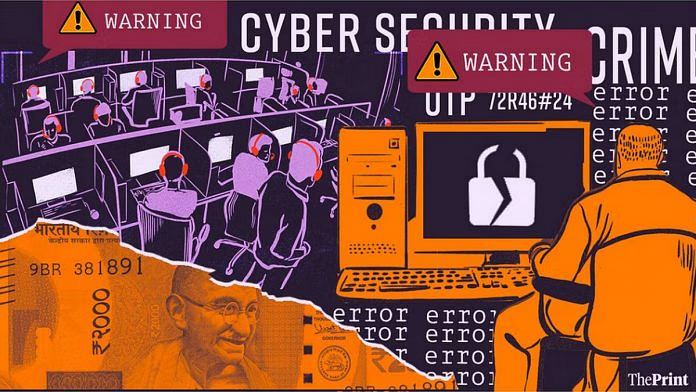

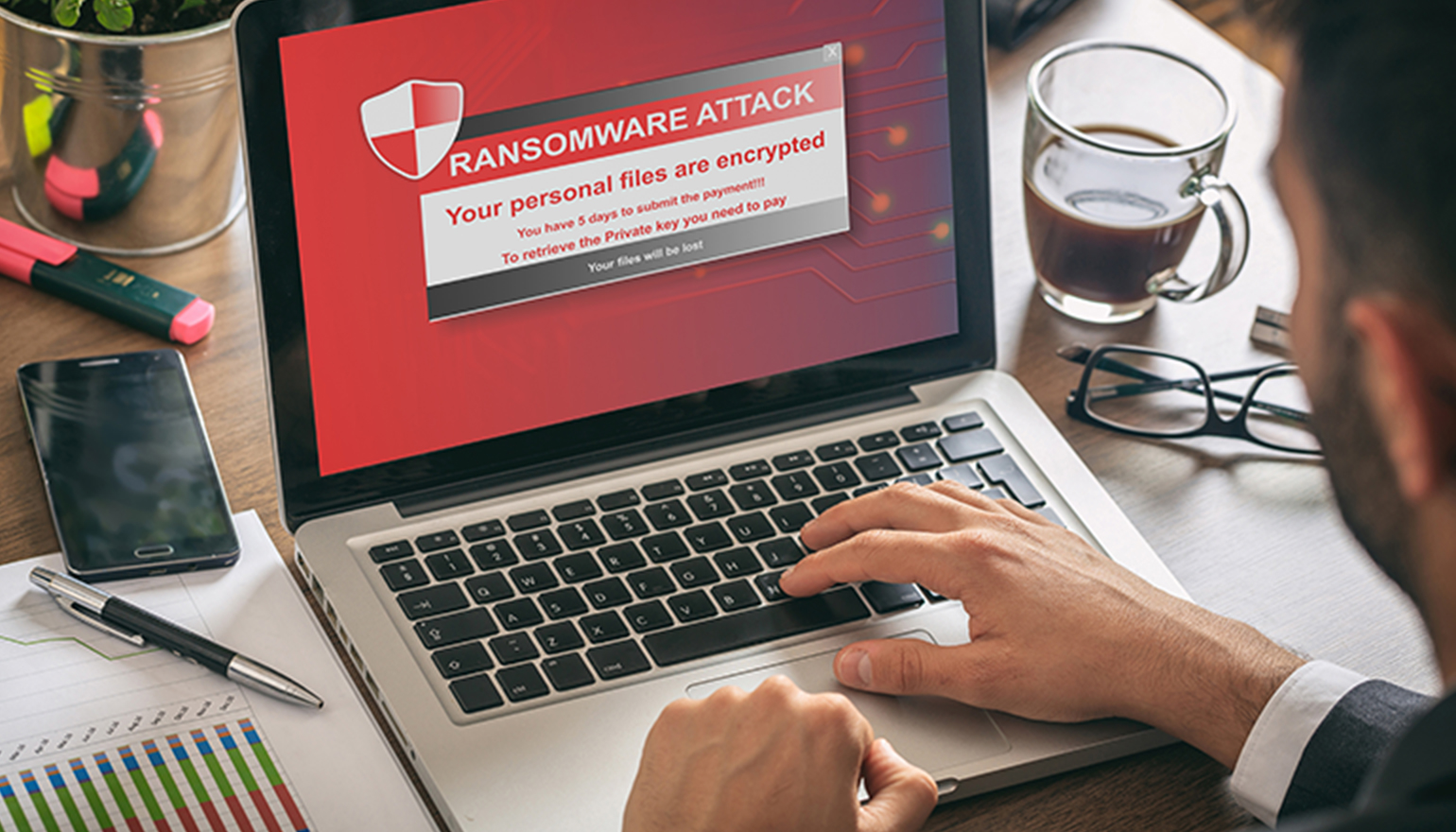
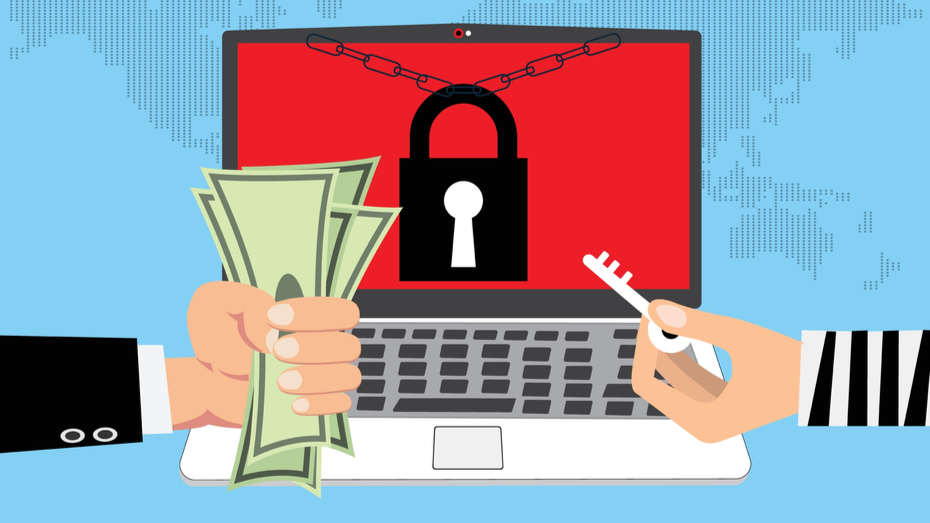
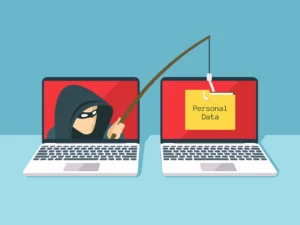




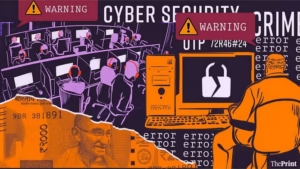


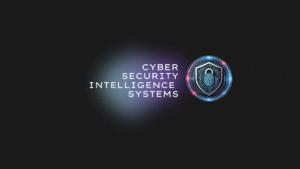
Post Comment